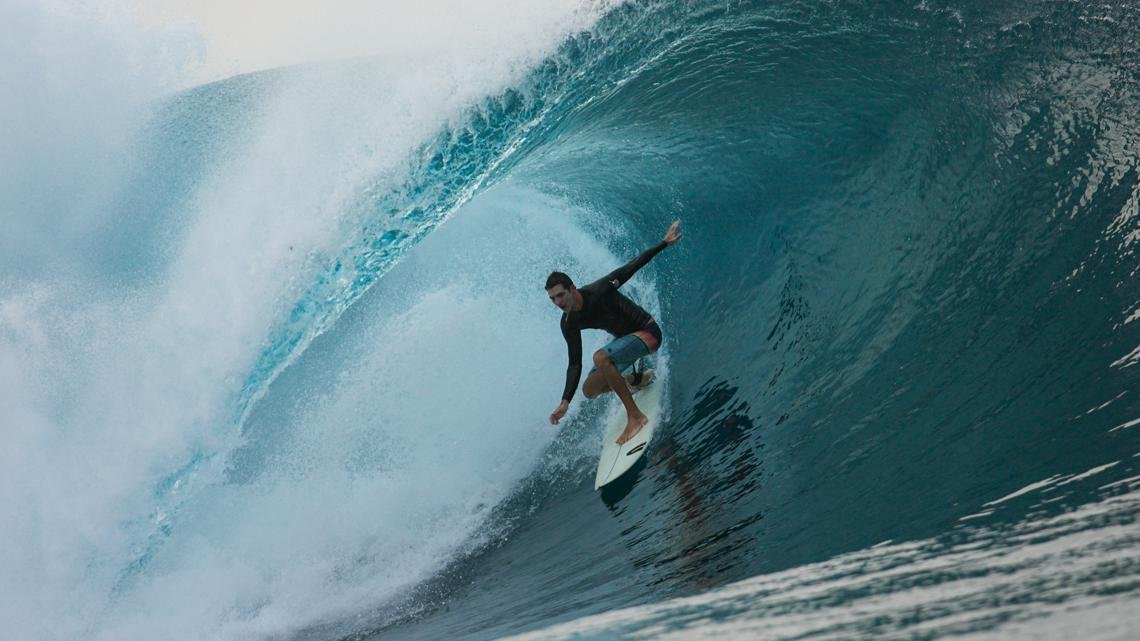Entertainment
Epic Olympic Surf Showdown Set for World’s Most Challenging Waves

The name of the wave chosen for the Paris Olympics surfing competition loosely translates as “pile of skulls,” underscoring the inherent danger even for expert surfers.
Some of the world’s top surfers will head to Tahiti, French Polynesia, this month to vie for Olympic gold on Teahupo’o, one of the heaviest waves globally. Known for its unique challenge, this wave has already claimed a surfer’s life.
Teahupo’o, called “the end of the road” by surfers, sits on Tahiti’s southwestern coast. This nickname is literal—the road ends where Teahupo’o begins—and symbolic, representing its legendary status among surf spots due to its remote locale and dynamic properties.
The wave’s formation is a wonder of nature. Southern Ocean swells shape it into fast-moving barrels over a large, shallow reef. The wave rises from a sloping bottom, breaking dangerously close below sea level.
While the left-handed waves usually stand between 6 to 10 feet high, they can exceed 20 feet. Despite their brevity, ranging between 200 to 300 feet, the rides are extremely intense.
This combination makes Teahupo’o a challenging wave. Its name, reminding surfers of the wave’s peril, translates to “pile of skulls.”
In Olympic surfing, waves are scored on a scale of 1 to 10, incorporating speed, maneuvers, and difficulty. The highest and lowest scores are discarded, averaging the remaining three scores to determine a surfer’s performance.
Surfers can ride as many waves as they can within their heat. Yet, wave selection is vital due to the ocean’s unpredictability.
Although the Paris Summer Olympics venues are primarily in and around Paris, the surfing event will take place over 9,000 miles away in Tahiti.


















